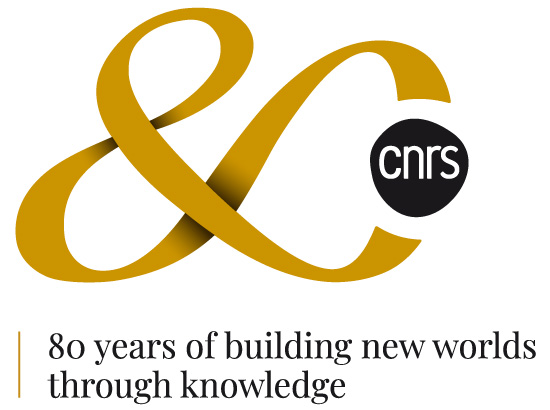Review of Spatial and Non-spatial Data Transformation to 3D Geovisualization for Natural Disaster
Climate change is a pressing issue that has taken many countries to task in addressing this global concern. The public need an effective information channel in enhancing their awareness pertaining to the impacts of climate change. One of the most appropriate ways to convey such information is through the optimisation of 3D visualization media. This paper reviews extant work on the use of 3D visualization media with regards to severe floods, argued here as one of the immediate and observable impacts of climate change. The analysis of literature shows that 3D geovisualization is often used to transform spatial and non-spatial data into a 3D visual using software data transformation tools such as ArcGIS, Feature Manipulation Engine (FME) or Google Sketchup. The data transformation process is often followed by the process of creating 3D visuals using Google Sketchup, thus producing a complete 3D visualization project. This is done through a process called the Building Information Modeling (BIM). This process is able to calculate number of elements, can determine the size (magnitude and scale) of an element, check or prove the accuracy of information, and also to create a realistic visualization. With the many advantages of the BIM process, it can be also used to calculate the amount of material losses caused by the flood. However this process is new and quite complicated to use resulting in its limited use by the practitioners. From the study, 3D visualization using BIM process will improve visualization outcomes compared to the deployment of conventional multimedia design process.

















